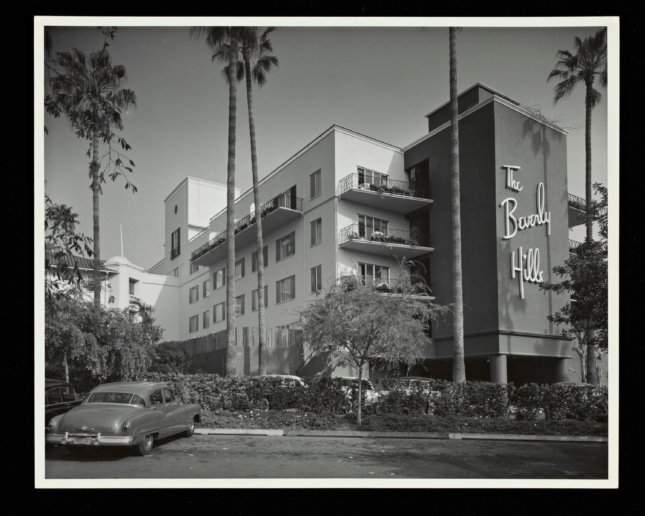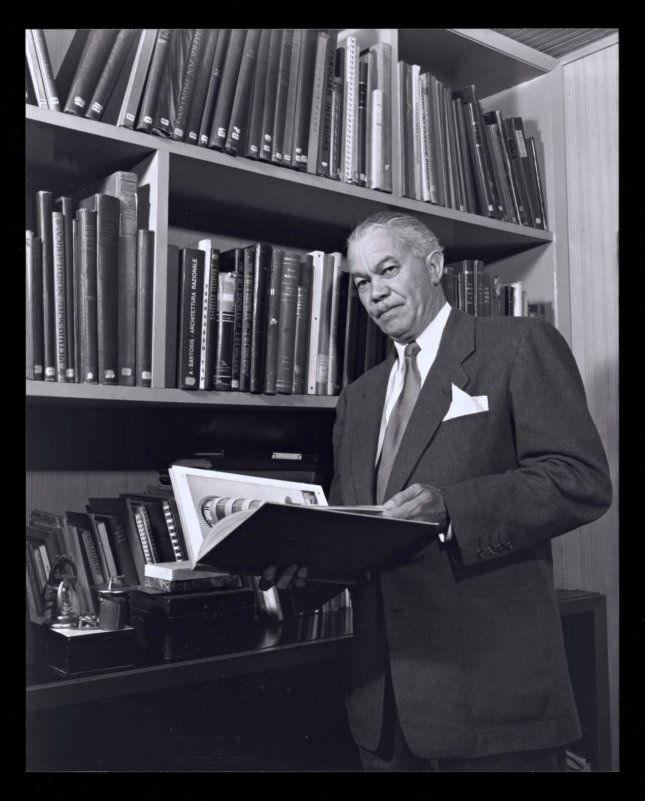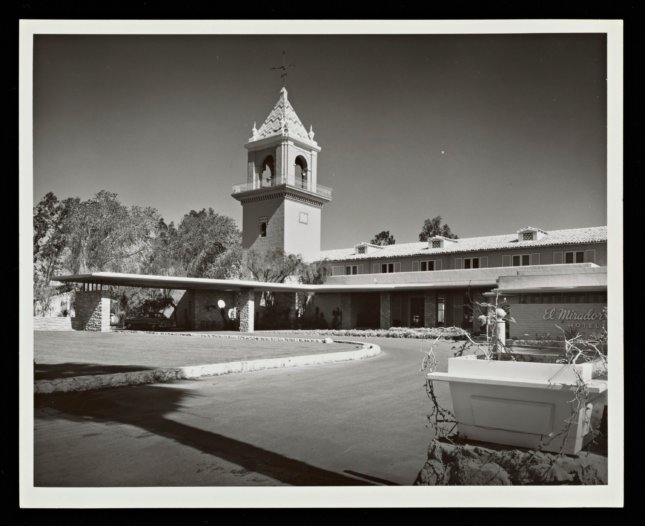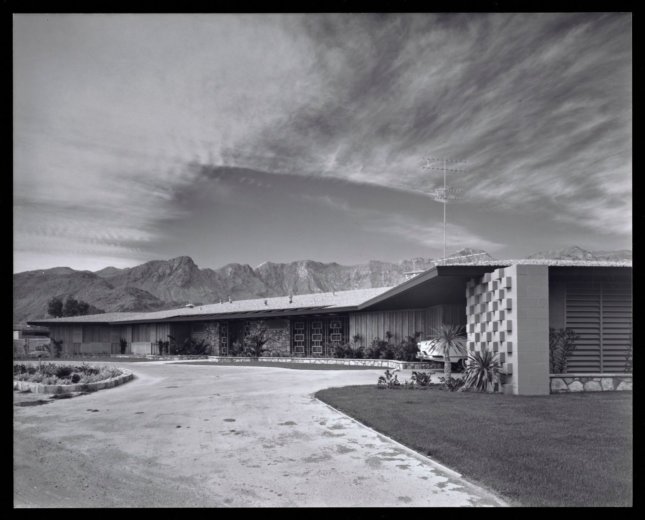Over 35,000 building plans, 10,000 original drawings, vintage photographs, correspondence, blueprints, hand-colored renderings, and other materials that comprise the archive of trailblazing 20th century African-American architect Paul Revere Williams have been jointly acquired by the University of Southern California School of Architecture (USC) and the Getty Research Institute (GRI).
Although Williams completed a number of projects outside of Southern California during his prolific career, a vast majority of his work, which included hotels, churches, department stores, civic buildings, schools, and a significant number of private homes for well-heeled Hollywood clients, was commissioned in and around Los Angeles, where he was born in 1894. Studying architectural engineering at USC from 1916 to 1919, Williams went on to become the first Black certified architect practicing west of the Mississippi in 1921, and two years later, the first African-American member of the American Institute of Architects.
Over the past 25-plus years, it has been somewhat widely believed that Williams’s complete archive had been lost to a fire during the civil unrest following the Rodney King verdict in 1992. During the uprising, the Broadway Federal Savings and Loan Bank building at South Broadway and South 45th Street—itself a mid-1950s conversion of a former Woolworth’s department store overseen by Williams—went up in flames, taking many of Williams’s business records and other documents with it. A lion’s share of his archive, however, was in a different, safe location and, until now, has been under the care of Williams’s granddaughter and frequent biographer Karen Elyse Hudson.

The archive contains documents representing a majority of Williams’s commissioned work, including unrealized projects. The GRI will formally house the “in excellent condition” materials, which will undergo processing and conservation work before an extensive, years-long digitization initiative is launched in order to make the archive accessible. At the GRI, the archive will join the institute’s Architectural Collections (Williams will be in good company among Pierre Koenig, John Lautner, William Krisel, and others) and “serve as a cornerstone” of the GRI’s African American Art History Initiative (AAAHI), which was launched in 2018.
“Paul Williams led by example and instilled in his children and grandchildren the importance of excellence, an attention to detail, and above all, family,” said Hudson in a statement announcing the acquisition. “The collaboration of two such esteemed institutions, the University of Southern California and Getty Research Institute, to preserve and further his legacy, would make our grandfather extremely proud.”
Hudson added: “As the family historian, my journey has been one of awe and encouragement. Never once did I believe my work was my gift to him, for it has been, and always will be, his gift to us. To others he is often referred to as ‘the architect to the stars,’ to his grandchildren, he was simply the best grandfather ever.”

The moniker mentioned by Hudson, “architect to the stars,” is certainly an apropos one—and Williams’s deep Tinseltown associations were featured front and center in the 2020 PBS documentary Hollywood’s Architect: The Paul R. Williams Story. While he designed thousands of private homes and a number of multifamily residential projects over his illustrious career, it was the commissions for clients with last names such as Grant, Ball, Arnaz, and Sinatra that were the most buzzed about (and photographed). Williams was also involved in projects, including his iconic renovations at the Beverly Hills Hotel, associated with midcentury Southern California living at its glitziest.
What’s most remarkable, of course, is that Williams’s myriad professional successes, Hollywood-adjacent or not, came during an era when Black Americans faced unchecked discrimination and injustice across the United States. This isn’t to say that Williams himself didn’t go untouched by deep-rooted prejudices. As the statement explains:
Segregation often framed the context in which Williams worked. He learned to draw upside down in order to sketch for clients from across the table—for the benefit of any white clients who might have been uneasy sitting next to an African American. He toured construction sites with hands clasped behind his back because he was not sure every person would want to shake a Black man’s hand. Such conditions add further resonance to the enduring significance of Williams’s work.
“During a period of de jure segregation, Paul R. Williams mastered architecture, a public art form, and was as prolific as he was persistent. His legacy is therefore as much about the character of the man himself as it is the scale, variety, and ambitions within a professional practice wed to realizations of perpetual excellence,” added LeRonn P. Brooks, associate curator for modern and contemporary collections at the GRI.

At Williams’s alma mater, which posthumously granted the architect with a Distinguished Alumni Award in 2017, the USC School of Architecture will launch the Paul Williams Archive Initiative as a central part of the upcoming USC Center for Architecture + City Design. Per a statement, “the Center and the Initiative will extend the School’s legacy of research into the next 100 years by linking archival work on the design of cities with scholars and designers working on contemporary issues that engage architecture, conservation urbanism, and social practice.”

“Our goal is to continue advancing the incredible legacy of Paul R. Williams, a true trailblazer in the field of architecture, and to share the archive with new and diverse audiences through publications, symposia, exhibitions, and more,” said Milton F. Curry, dean of the USC School of Architecture. “Paul R. Williams was an architect who believed that architecture could advance social progress. His work and life as captured in this archive will quickly become an invaluable resource for like-minded students, faculty and the greater public.”











